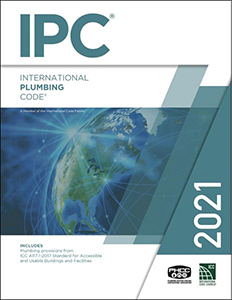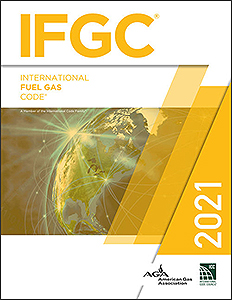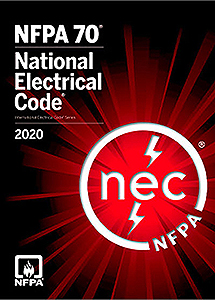A companion article to “Moving More Than Walls to Open Up Space.”
The story of how my business partner, Joe Cook, and I acquired trade licenses was fueled in part by frustration with subcontractors in our market, particularly on smaller jobs like the one described in this article. But the story really begins with our particular experiences in the trades early on, which gave us a high level of confidence performing work in the mechanical trades. For me, this started with my first job, working for a father-and-son remodeling team who self-performed all their electrical work. The son, Bill, passed along the knowledge of pulling wire and wiring fixtures to me before I moved on to work as a production manager for a large home builder. Joe had done a fair bit of plumbing before working for a high-end remodeler. We decided to go out on our own, forming Catalyst Construction, following the recession of 2008, when work with our previous employers had slowed down.
Our third partner was a structural engineer, and in Kansas, engineers automatically qualify for a general contractor’s license. So while we were up and running as contractors, we were often frustrated working with subcontractors in our market since many of the installers didn’t have the skills we already possessed. Even those that did often made it apparent that they didn’t care nearly as much as we did about doing quality work. To free ourselves from depending on them, we set out to obtain our own licenses.
We scheduled a couple of hours a day for several days a week to study the relevant codes and scheduled our exams. Joe took the General Contractors licensing exam (based on IRC) while I took the Master Electrical exam (based on IEC and NFPA), both of which we passed. We immediately saw the benefits in cost and quality of keeping the electrical work in-house, so the following year, Joe studied up on the Plumbing Code (based on the IPC in Kansas), and he passed the test to become a Master Plumber with Fuel Gas certification. At that same time, I tested for an HVAC license, after studying the Mechanical Code (based on the IMC) and Fuel Gas Codes (based on the IFGC); it took two attempts at the HVAC exam, as a lot of the test covered boilers and other equipment I had no field experience with.

Each exam consisted of around 85 questions. You get several hours and are allowed to use the code books and a calculator (but no phones or tablets). The exams are very focused on the codes and even though the exam is open book, you need to know your way around them. For the plumbing and HVAC, we found it extremely helpful to take a test preparation course. These teach you how to work through the exam efficiently, and are well worth the time and expense (now around $200 to $300).

In Kansas, we can sit for the license exams without serving a formal apprenticeship through a licensed employer or union, and, on the basis of our Kansas licenses and with letters from license holders who vouched for our experience, we are licensed to do work in Kansas City, Mo., as well.
The scheduling efficiency and quality control we enjoy on our in-house jobs is invaluable. We still use subcontractors on larger custom homes, where the jobs are large enough to get the attention of these outside firms. Still, our licenses are helpful on these jobs, as it levels the playing field: Knowing we are knowledgeable and licensed in their trades, the subs never try to pull anything over on us. Of course the respect is mutual, making for a much smoother job all around.
Return to main article.
